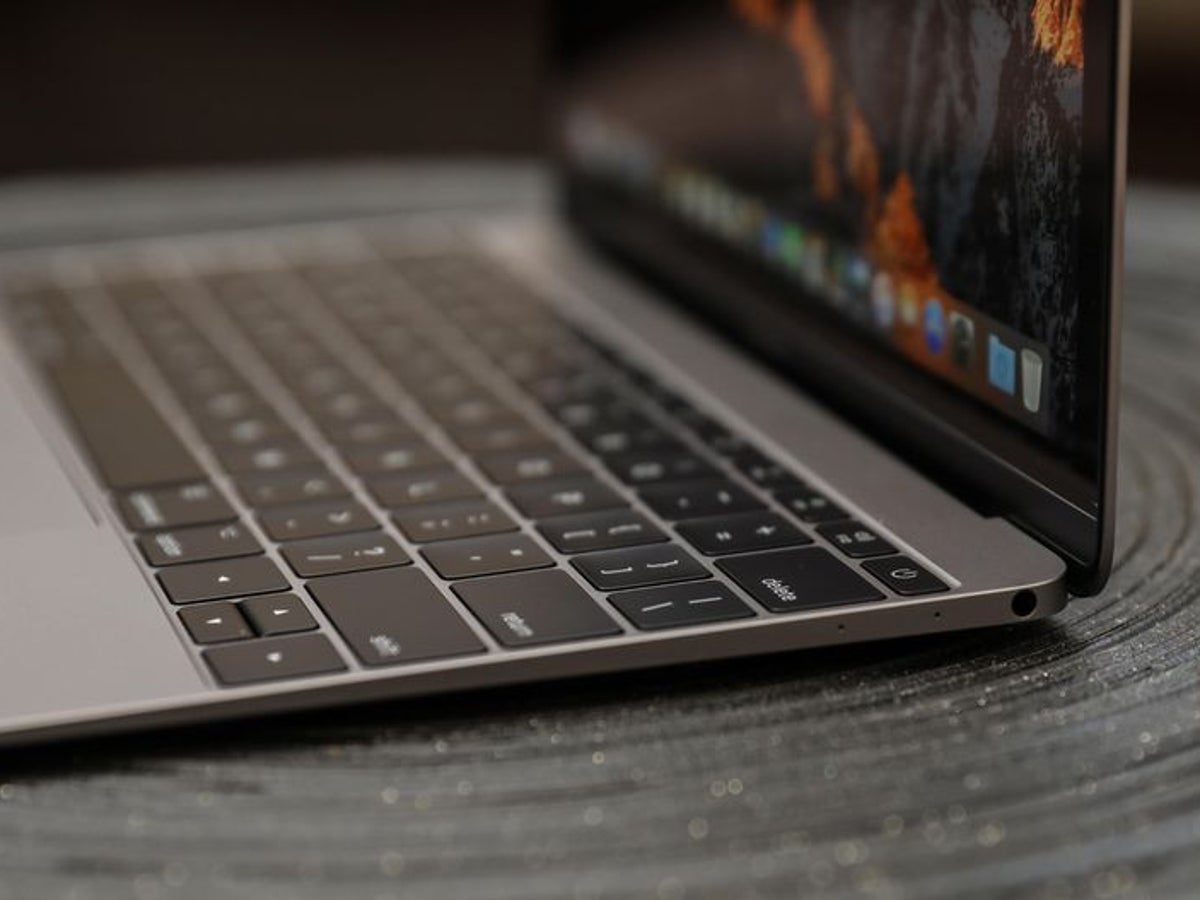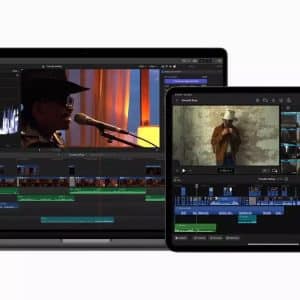According to a report originating from Taiwan, Apple is preparing to launch a low-cost MacBook series designed to challenge Google’s Chromebooks, particularly in the education sector. Expected to hit the market in the second half of 2024, this new MacBook line-up is seen as a pivotal move by Apple to strengthen its foothold in an area where Chromebooks have long reigned supreme.
Industry insiders cited by DigiTimes state that this new series will differ from Apple’s existing MacBook Air and MacBook Pro offerings. Although it will retain Apple’s hallmark quality, such as a metal casing, the company plans to incorporate “different materials” and lower-cost mechanical components to make it more budget-friendly.
Preliminary details about the affordable MacBook series indicate the following features:
- Price range of $500 to $700
- M2 chip processor
- Display size of either 13 or 14 inches
- 8GB of RAM and 256GB storage
- Possible inclusion of a backlit keyboard and Touch ID
Apple’s decision to introduce a more economical laptop option appears to be a strategic maneuver, particularly in light of the low level of activity from key suppliers like Quanta Computer and Foxconn earlier this year.
In terms of competition, Chromebooks have experienced a surge in demand, especially within educational institutions. According to DigiTimes Research, Chromebook shipments escalated from 13.9 million units in 2019 to 30.4 million in 2020, and further increased to 33.5 million in 2021.
This uptake is largely credited to their affordability and functionality, aspects that became crucial during the global pandemic. Although the growth of Chromebooks has somewhat decelerated since the easing of global lockdowns, they continue to command a significant market share, overshadowing Apple’s iPad offerings in schools.
Apple’s endeavor to roll out a cost-effective MacBook series signifies a major shift in the company’s strategy. It must be noted, however, that while these reports are intriguing, they have not yet been corroborated by additional sources.

Hence, they should be interpreted with a degree of caution until more information is available.













